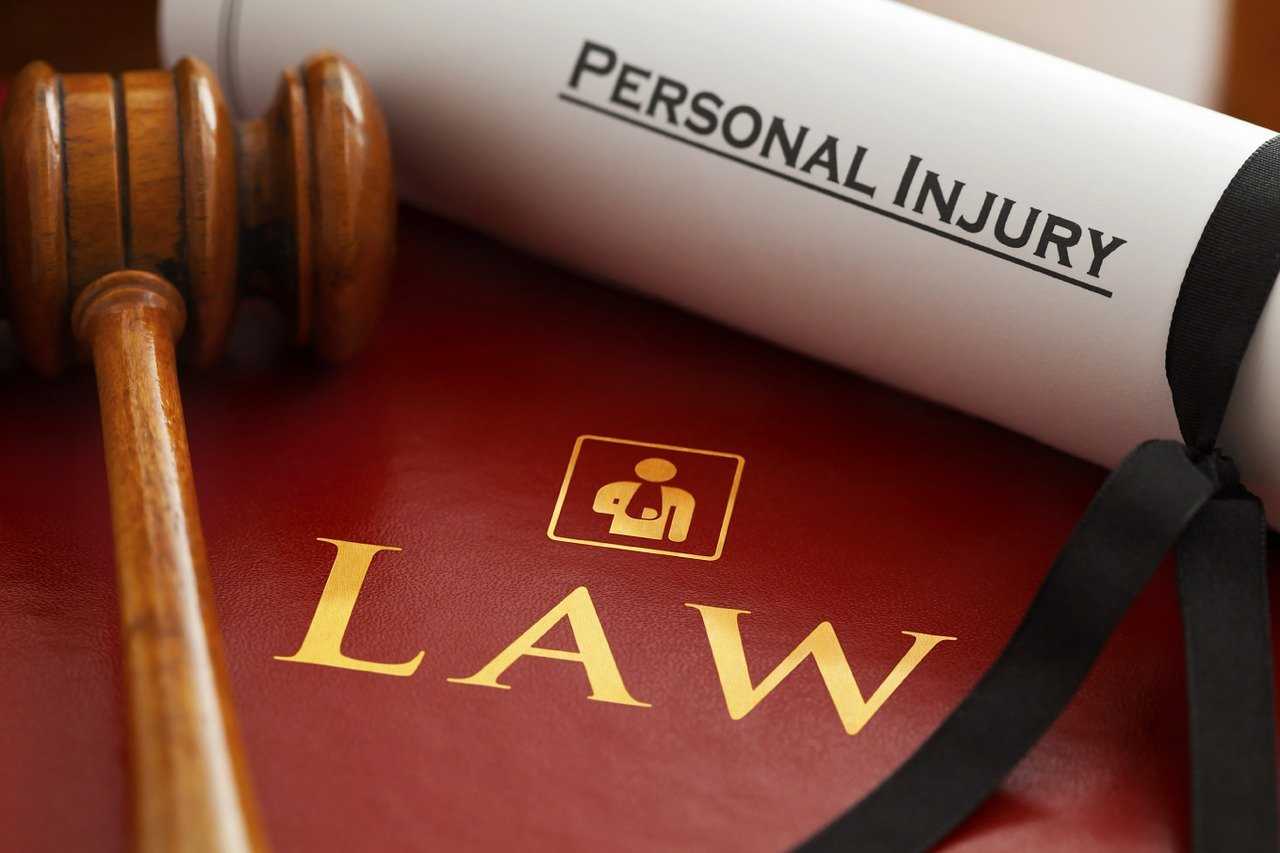
Personal Injury
Work injuries are always going to be a possibility, and thus, something we should always be diligent about avoiding. However, it is not always going to be easy, especially if your employer is not taking proper care to keep your workplace safe. There are a number of different ways a person may become injured in the workplace, and some are more common than others. Today, we will discuss which injuries are most common in New York City.
Most common work injury causes in New York City
Overexertion
This is an incredibly common cause of workplace injuries, accounting for 34 percent of workplace injuries, and it makes perfect sense why. After all, people are expected to work both longer and harder one day than they were the last, so people would inevitably finding themselves burning out and hurting themselves as a result. It is entirely possible that you experience an injury from, say, moving heavy objects by hand, but the more often you do it without rest, the more likely it is that such a thing will prove injurious. You should also be mindful of experiencing an injury from repetitive stress motions.
One of the best ways to counter such damages is to ensure that you are given adequate time to rest in between heavy lifting. Doing it too much in a row is only going to increase the risk of injuries, and an employer who does not afford you time to rest is only going to exacerbate these potential injuries. Another good way to reduce the risk of damages is to train yourself on proper lifting techniques, as well as make sure you stretch before exerting any significant physical labor.
Being struck by objects or equipment
Certain environments will have certain risks to a greater extent than others. Being struck by objects or equipment is a relatively common risk in a factory setting, for instance, as it has a lot of machinery moving about that you need to keep an eye out for. 26 percent of workplace injuries are caused by this. The best way to avoid these kinds of injuries is to wear as much safety equipment as is reasonable, as well as be diligent to watch for any potential risk while at the workplace.
Slips and falls
Slips and falls can be quite dangerous depending on the circumstances, though even at the best of times, there are some risks involved. 25 percent of workplace injuries are slips and falls, and include stairwells, ladders, and simply slipping or falling on a ground-level floor. The best way to avoid these kinds of injuries is for a workplace to do its best to ensure that all slip and fall risks are mitigated. For example, railings to prevent you from falling off a high surface are paramount, and signs warning workers of spills will help prevent you from slipping and falling. Any hazards should be dealt with as quickly as possible to reduce the risk that someone may suffer an injury from these hazards. You should also ensure that if you are using a ladder, that you ensure the ladder is properly planted on the floor, and ensure that you have someone minding the ladder. A ladder can all too easily fall with the slightest momentum in one direction or the other if proper care is not taken.
What can I do if I am injured at the workplace?
If you sustain an injury for any reason at the workplace, you are entitled to receive workers’ comp (with some exceptions, such as fraud). Workers’ comp is designed to ensure that no matter the circumstances, even if it was your fault that the injury occurred (partially or fully), you will receive compensation for any damages incurred (lost wages or medical expenses). This system is quite helpful, as if fault was a factor, it could result in your employer attempting to claim that it was the victim’s fault, and as such, the employee should not be given workers’ comp.
However, a common concern with respect to pursuing damages over a workplace injury is that, while workers’ comp allows you to receive compensation in the event of an injury, this also means that you cannot sue your employer for liability. Different states have different laws and regulations handling how this works, so be sure to consult work injury attorneys at Kaplan Lawyers who can help you understand the law better, as well as the circumstances of your individual case. If you can show that your employer or a manager engaged in behavior that was grossly negligent, malicious, intentional, and/or deliberate, it may be worthwhile to reject workers’ comp so that you can obtain punitive damages.
One of the biggest advantages of punitive damages is that they can multiply the damages you are entitled to receive in compensation. This is typically going to be, at most, four times the amount of money you receive from other types of damage (compensatory, pain and suffering, and more). Such damages are intended to punish the accused, rather than reward the victim. The ideal result of such a thing would be to ensure that the person expected to pay these damages would take care to avoid making similar mistakes in the future.





